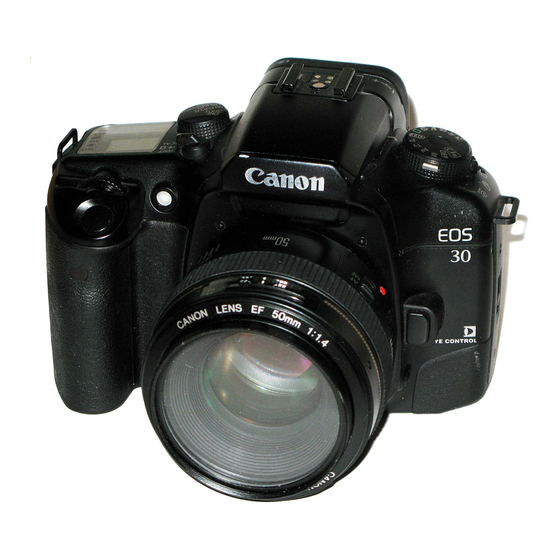
Canon EOS 7 Service Manual
Hide thumbs
Also See for EOS 7:
- User manual (108 pages) ,
- Instructions manual (108 pages) ,
- Parts catalog (40 pages)















Need help?
Do you have a question about the EOS 7 and is the answer not in the manual?
Questions and answers